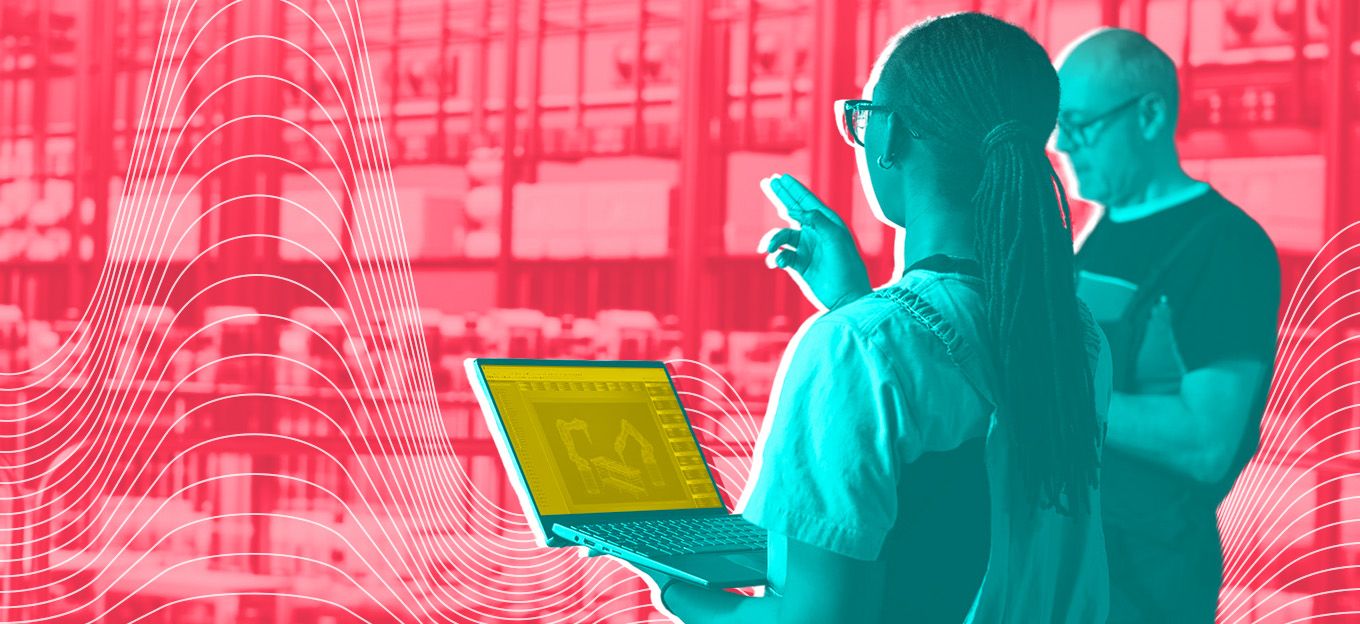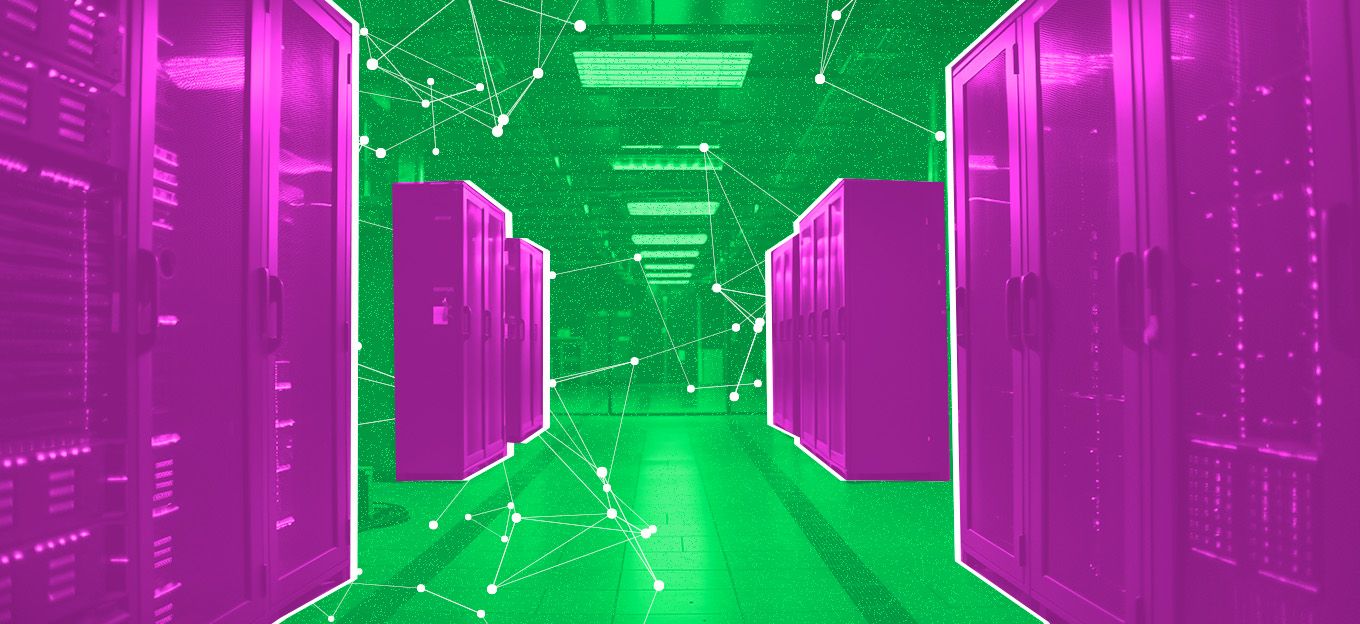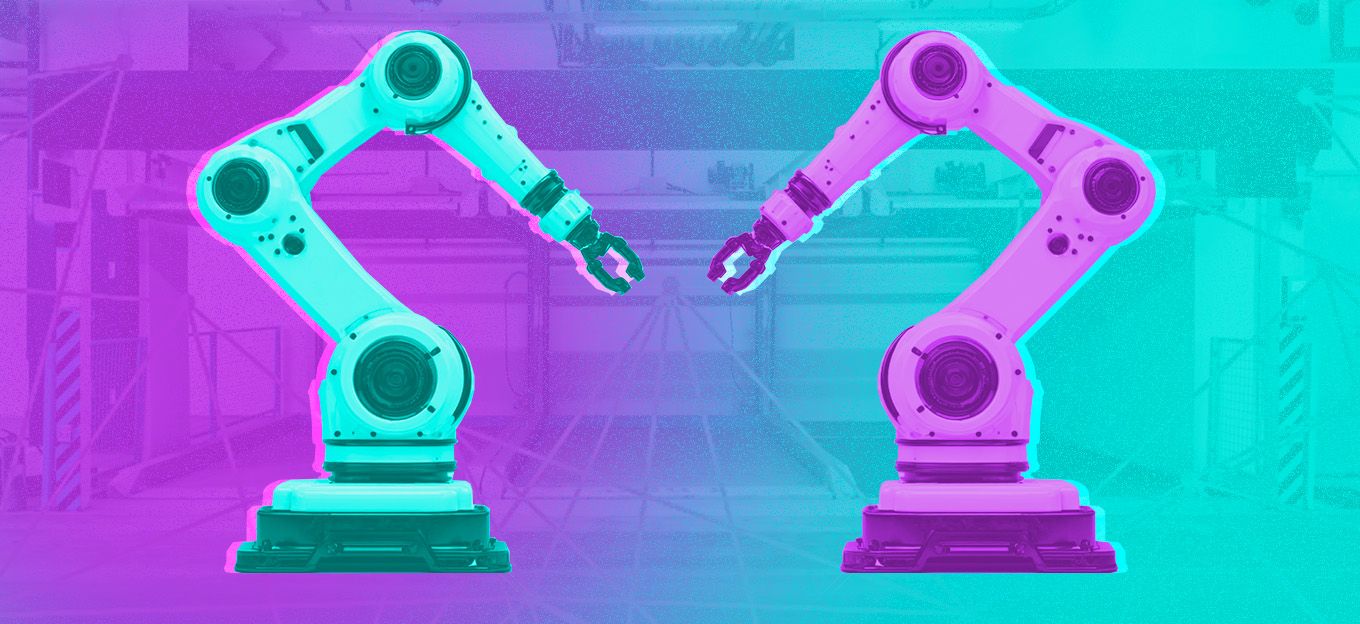Digital Twins Come of Age
Digital Twins Come of Age
- Last Updated: December 2, 2024
Martin Keenan
- Last Updated: December 2, 2024



While the concept of digital twins has been around a while, their use in specific Applications, such as monitoring employee or customer safety, and more traditional strategies such as predictive maintenance and resource management has seen adoption rocket.
The digital twin may be almost hitting double figures in age but has never been more relevant to the future of Industrial IoT.
The concept of digital twins in an IIoT context and beyond has been a popular talking point for many years. The basic strategy is that an enterprise creates a digital replica of a physical asset, which can then model future events. Michael Grieves conceived the idea at the University of Michigan in 2002, where he initially dubbed it ‘Doubleganger’ before setting on the more prosaic “Conceptual Ideal for PLM.” From this starting point, the Industrial IoT industry has seen a complex evolution in digital twins, where increasingly complex systems are digitally mapped and modeled, then managed by machine learning and AI tools.
Seeing Into the Future
The addition of AI to a digital twin can deliver powerful insights into future performance, not just in heading off inefficiencies (such as those created by materials shortages, or even more subtly, changes in the quality of raw materials being used in processes), but also flagging up equipment failures in advance. This opens the door to truly predictive maintenance, letting businesses automatically schedule the repair of multiple pieces of equipment, minimizing disruption to production schedules, but also enabling ‘just-in-time’ spare parts procurement, itself minimizing storage and other logistics costs.
Safety Breaches Mitigated
Another vital deliverable of the digital twin strategy is highlighting potential safety breaches in advance of them actually occurring, ensuring compliance and worker safety at a far higher level than might be possible otherwise. These benefits combine into a compelling package, so much so that a recent Gartner report found that the development of 5G and improved implementation of digital twins have combined with being partly responsible for a 47% increase in IIoT investment despite the global pandemic. The survey also found that 31% of respondents said they use digital twins to improve their employee or customer safety, with 27% of companies saying that they plan to use digital twins to manage autonomous equipment, robots, or vehicles. Gartner expects that by 2023, one-third of mid-to-large-sized companies that implemented IoT will have implemented at least one digital twin associated with a COVID-19-motivated Applications.
Driving Manufacturing Success
One of the core challenges in using the digital twin approach in manufacturing is that once mission-critical systems are connected to the digital twin, any delay in the data collection, network, and processing can allow developing issues to spiral out of control. Thus getting as near as possible to real-time data flows is essential. The burgeoning rollout of 5G is beginning to pay dividends here, as equipment manufacturer Lacroix Group demonstrates in France. Partnered with Orange, it is actively exploring the benefits of 5G combined with a digital twin approach at its electronics plant in Montrevault-sur-Evre, monitoring external data sources such as suppliers, vendors, market forecasts, and combining them with flexible internal processes to maximize efficiency.
“We are taking a bit of a digital twin approach to this facility. For electronic manufacturing, we need to have highly flexible assembly lines where we can change set-ups from one line to the next or tooling setups, and we need to monitor suppliers, vendors, market forecasts, etc., in real-time,” he says. “Today, we don't have all the vital data sets in real-time. But having access to this data should enable us to better address base yield and base efficiency in what we're going to do with our manufacturing. It's about being informed enough to change the set up very quickly and adapt to quantity demands effectively”, Stéphane Gervais, executive vice president of strategic innovation at Lacroix Electronics, told IndustryWeek in a recent interview.
Explosive Engineering Growth
Engineering has been a plentiful avenue for digital twins, sometimes using the digital twin as the first incarnation of a complex product or process, created before the physical version. This can then be overlaid with IIoT data from comparable products and sensors in the field to iterate and improve constantly. Aerospace firm Boeing uses digital twins to design new aircraft, running simulations to establish the performance of various parts through the lifecycle of the plane. According to the company, this technique has delivered a 40% improvement rate in the first-time quality of parts.
Vast Scale Deployment
Continuing up the physical scale, another interesting emerging market for digital twin technologies is entire cities, or ‘city digital twins.’ Research from ABI Research has predicted that the number of urban digital twins will exceed 500 by 2025, rapidly expanding from pilot projects to widespread deployments. Real-time 3D models of city environments can be enormously useful in increasing resilience, optimizing resource management, and driving energy saving. The ability to model new infrastructure deployments - anything from 5G masts to new lighting systems - and then monitor effectiveness over an extended period can deliver substantial practical and cost-saving benefits for minimal logistical investment. Cities that have already deployed digital twins include Singapore, Dublin, Helsinki, Jaipur, and Boston.
Hot Topic
Another digital twin industry bellwether can be found in the shape of the Digital Twin Consortium, founded in May 2020, which in October 2020 issued a press statement announcing that membership had already hit 150 enterprises in just four months. Founding members include Autodesk, GE Digital, and Northrop Grumman Corporation, Ansys, Dell Technologies, Lendlease, and Microsoft. The organization aims to drive the adoption of digital twins in core industry sectors of aerospace and defense, infrastructure, natural resources, and manufacturing.
In short, the digital twin may be almost hitting double figures in age but has never been more relevant to the future of IIoT, as well as increasingly playing an invisible but substantial role in our cities and supply chains alike. As Industry 4.0 principles and technologies continue to expand into new verticals and attract investment, it seems that the age of the digital twin is only just beginning in earnest.
The Most Comprehensive IoT Newsletter for Enterprises
Showcasing the highest-quality content, resources, news, and insights from the world of the Internet of Things. Subscribe to remain informed and up-to-date.
New Podcast Episode

Moving Past the Pilot Phase in IoT and AI
Related Articles





